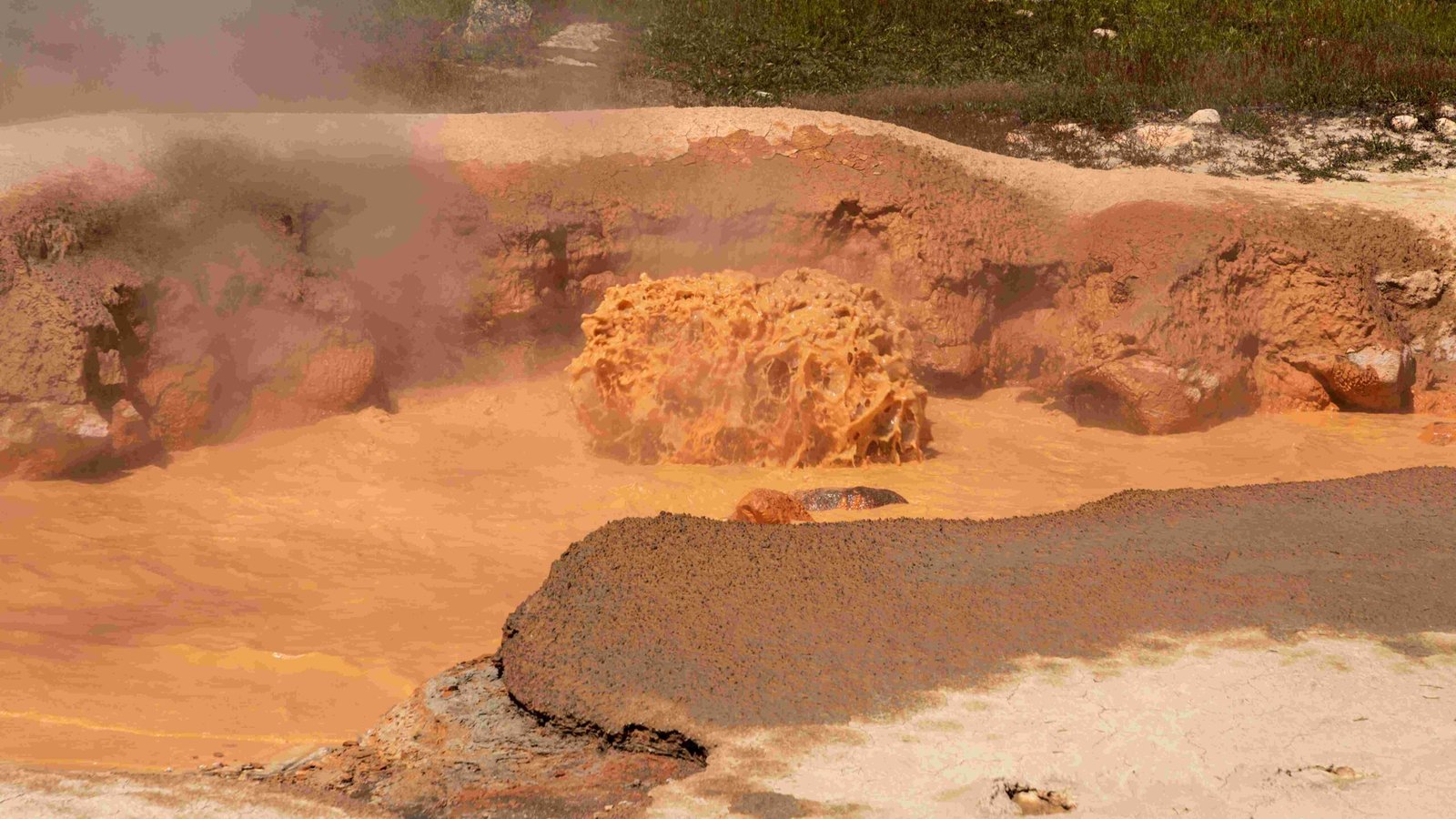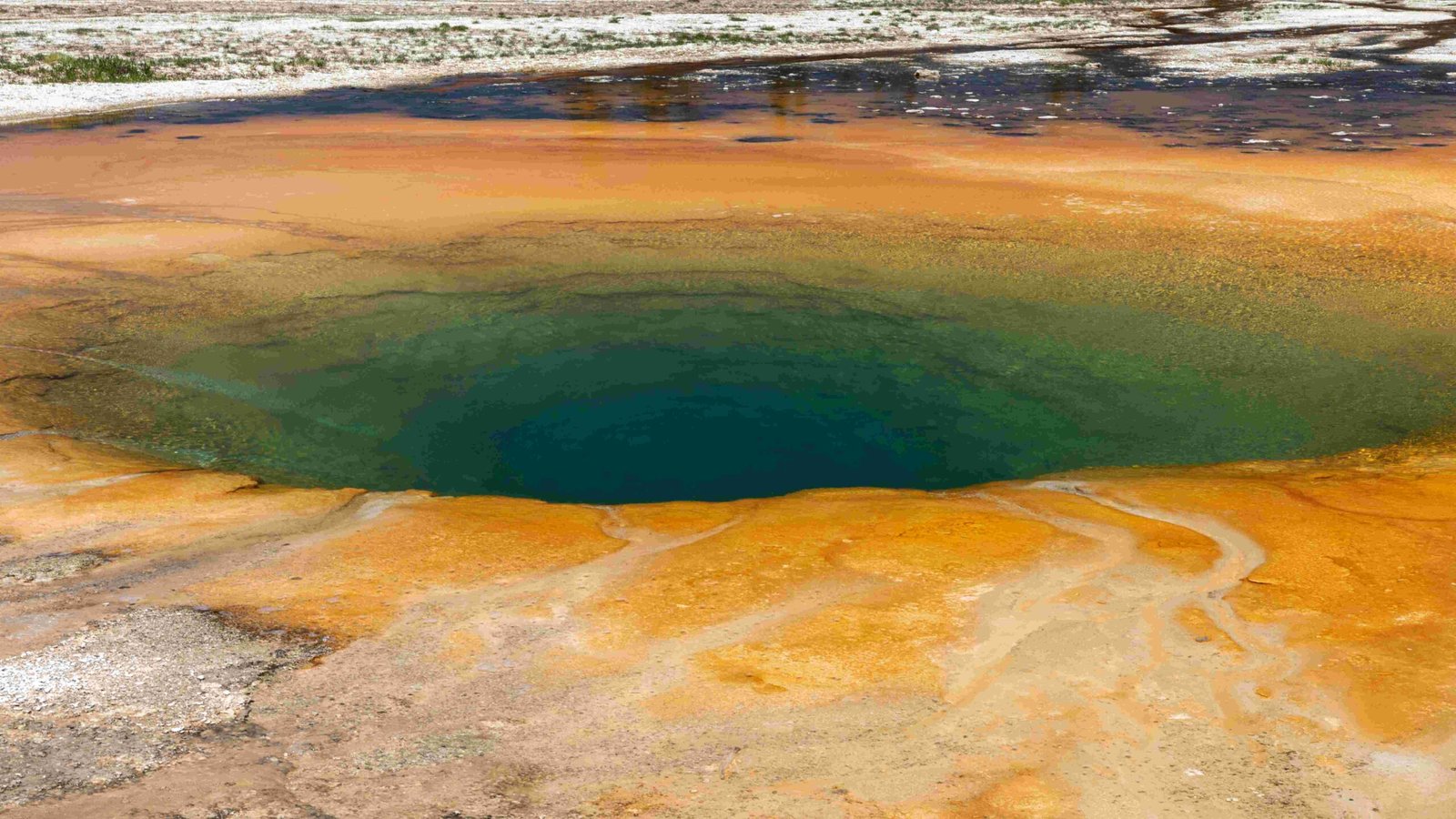Yellowstone National Park is home to an astonishing collection of geothermal features, including approximately half of the world’s geysers. With over 500 active geysers, Yellowstone showcases nature’s raw power and beauty. The park’s unique geology creates ideal conditions for these spectacular eruptions, making it a global hotspot for geyser activity and scientific research.
What Makes Yellowstone the Geyser Capital of the World?

Yellowstone’s geological makeup is the key to its geyser abundance. The park sits atop a massive volcanic hotspot, creating the perfect conditions for geothermal activity. This unique setting results in:
- A high concentration of heat near the surface
- Abundant groundwater
- Fissures and cracks allowing water and steam to escape
These factors combine to create the ideal environment for geyser formation, making Yellowstone home to approximately half of the world’s known geysers.
How Many Geysers Are in Yellowstone National Park?

Yellowstone boasts an impressive number of geysers:
- Total identified geysers: 1,283
- Active geysers in an average year: 465
- Percentage of world’s active geysers: Approximately 50%
This concentration of geysers is unparalleled anywhere else on Earth, making Yellowstone a truly unique geological wonder.
Where Are the Geysers Located Within Yellowstone?
Yellowstone’s geysers are distributed across nine major geyser basins:
| Geyser Basin | Number of Geysers |
|---|---|
| Upper Geyser Basin | 410 |
| Lower Geyser Basin | 283 |
| Norris Geyser Basin | 193 |
| Shoshone Geyser Basin | 107 |
| West Thumb Geyser Basin | 84 |
| Heart Lake Geyser Basin | 69 |
| Midway Geyser Basin | 59 |
| Gibbon Geyser Basin | 24 |
| Lone Star Geyser Basin | 21 |
Each basin offers unique features and geyser types, providing visitors with diverse geothermal experiences throughout the park.
What Types of Geysers Can Be Found in Yellowstone?
Yellowstone showcases two main types of geysers:
- Cone Geysers:
- Erupt in a narrow jet of water
- Form cone-shaped structures over time
-
Example: Riverside Geyser
-
Fountain Geysers:
- Shoot water in various directions
- Erupt from a pool rather than a cone
- Example: Great Fountain Geyser
These different geyser types offer visitors varied eruption patterns and visual displays, enhancing the park’s geothermal allure.
How Often Does Old Faithful Erupt?
Old Faithful, Yellowstone’s most famous geyser, has a relatively predictable eruption schedule:
- Short eruption (< 2.5 minutes): Next eruption in about 60 minutes
- Long eruption (> 2.5 minutes): Next eruption in about 90 minutes
- Average eruption duration: 2.5 minutes
- Maximum eruption height: Up to 185 feet (56 meters)
Factors affecting Old Faithful’s eruption schedule include:
– Seismic activity
– Changes in groundwater levels
– Long-term geological shifts
Despite these variables, Old Faithful remains one of the most reliable geysers in the world, erupting approximately 20 times a day.
What Amenities Are Available for Geyser Viewing?
To enhance visitor experience, Yellowstone provides various amenities near major geyser locations:
- Large parking areas at Upper Geyser Basin and Norris Geyser Basin
- Wheelchair-accessible boardwalks and trails
- Visitor centers with educational resources and ranger programs
- Restroom facilities near major viewing areas
- Safety guidelines and designated viewing spots
These amenities ensure that visitors can safely and comfortably experience the park’s geothermal wonders while minimizing environmental impact.
How Much Does It Cost to Visit Yellowstone’s Geysers?
Visiting Yellowstone’s geysers involves several costs:
- Entrance Fees:
- $35 per vehicle for a 7-day pass
-
Annual passes available for frequent visitors
-
Guided Tours:
- Prices vary depending on tour length and operator
-
Options range from half-day to multi-day experiences
-
Special Events:
- Some ranger programs included with park admission
- Additional educational events may have separate fees
Visitors should check the official Yellowstone National Park website for the most up-to-date pricing information and special offers.
Why Is Yellowstone’s Geyser Conservation Important?
Preserving Yellowstone’s geysers is crucial for several reasons:
- Scientific Value:
- Geysers provide insights into Earth’s geological processes
-
Ongoing research helps understand volcanic and geothermal activity
-
Ecological Significance:
- Unique ecosystems thrive around geothermal features
-
Rare thermophilic organisms live in extreme geyser environments
-
Cultural Heritage:
- Geysers hold spiritual significance for Native American tribes
-
They represent an important part of American natural history
-
Tourism and Education:
- Geysers attract millions of visitors annually
- They offer unparalleled opportunities for geological education
Conservation efforts ensure that future generations can continue to marvel at and learn from these natural wonders.
Yellowstone National Park’s geysers represent a unique geological treasure, hosting half of the world’s known geysers. From the predictable eruptions of Old Faithful to the diverse geyser basins scattered throughout the park, these geothermal features offer visitors a glimpse into the Earth’s powerful inner workings. As we continue to study and preserve these natural wonders, Yellowstone remains a testament to the raw beauty and scientific importance of our planet’s geothermal activity.
References:
1. https://yellowstone.net/geysers/
2. https://en.wikipedia.org/wiki/Geothermal_areas_of_Yellowstone
3. https://www.nps.gov/yell/learn/nature/hydrothermal-features.htm

